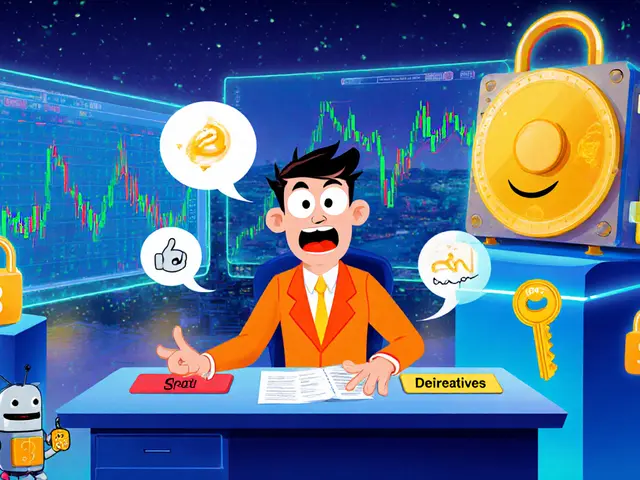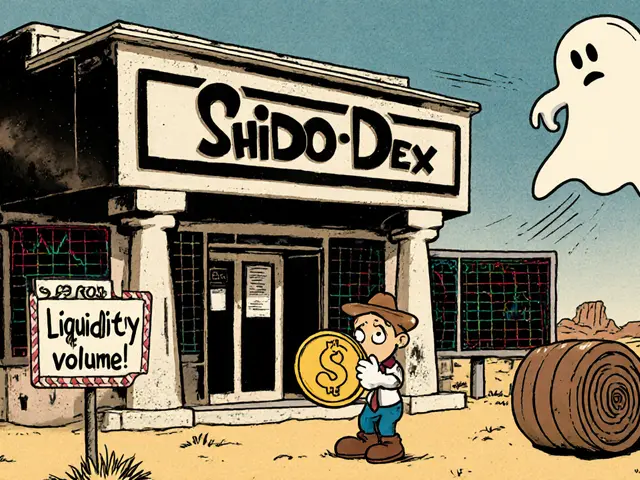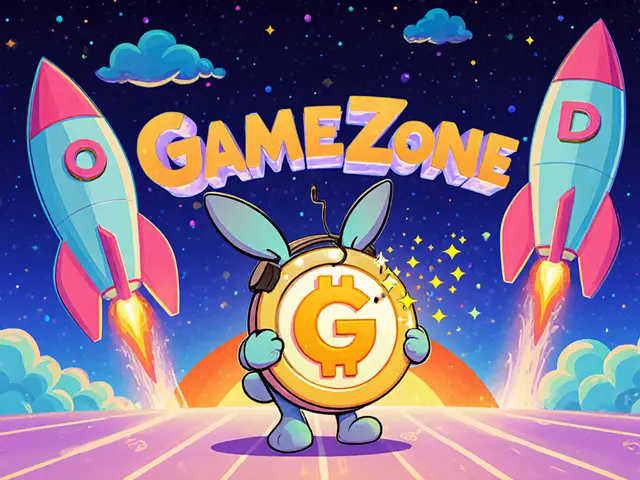Cross-Chain DeFi: How Blockchain Networks Work Together for Better Finance
When you use cross-chain DeFi, a system that lets decentralized finance applications operate across multiple blockchains. Also known as interoperable DeFi, it removes the walls between chains like Ethereum, Solana, and BSC, so your crypto can move freely and work in more places. Before cross-chain tech, if you had ETH on Ethereum, you were stuck there. You couldn’t use it in a lending app on Solana or stake it on a Polygon yield farm without wrapping it, swapping it, or paying high fees. Cross-chain DeFi changes that by connecting these networks so they talk to each other—like letting your bank account work at any ATM, no matter the bank.
This isn’t just about convenience. It’s about access. cross-chain bridges, specialized protocols that transfer assets and data between blockchains. Also known as interoperability layers, they’re the plumbing behind the scenes—handling token locks, verifications, and smart contract triggers. Without them, DeFi would stay locked in silos. But with them, you can borrow on one chain, trade on another, and earn yield on a third—all in one flow. That’s why projects like LayerZero, Chainlink CCIP, and Axelar are getting so much attention. They’re not just tech demos; they’re the backbone of the next wave of DeFi.
And it’s not just about moving tokens. DeFi protocols, smart contract platforms that let users lend, borrow, trade, and earn without banks. Also known as decentralized financial applications, they’re becoming multi-chain by design. Think of it like an app that works on iPhone, Android, and web—no need to download three versions. Now, you can use the same lending pool from different chains, reducing congestion and lowering costs. But it’s not perfect. Bridges have been hacked. Smart contracts can glitch. And not all chains are equally secure. That’s why the posts below dive into real cases: failed exchanges, risky airdrops, and platforms that promised cross-chain freedom but delivered nothing. You’ll see what works, what doesn’t, and how to avoid traps while still using this powerful tech.
What you’ll find here isn’t theory. It’s the messy, real-world landscape of cross-chain DeFi—where startups try to connect chains, users get burned by fake bridges, and regulators start asking tough questions. Some posts warn you about unlicensed platforms that claim to offer cross-chain swaps but vanish overnight. Others show you how to spot a scam airdrop pretending to be part of a multi-chain protocol. And a few explain how real tools like token locks and escrow systems can make cross-chain DeFi safer. This isn’t a hype page. It’s a filter. You’ll walk away knowing what’s worth your time and what’s just noise.







Categories